By John E. Spindler
Lieutenant Zvi “Zvicka” Greengold raced back to Nafakh, commanding his fifth or sixth Sho’t Kal, an Israeli-upgraded Centurion main battle tank, having had the previous ones knocked out beneath him. The Israeli command center in the Golan Heights was on the verge of being overrun by the Syrians. Exhausted from being in combat since returning to the Golan from his Yom Kippur holiday. Like most of his countrymen, Greengold believed Syria and Egypt would not attack for a couple more years. Yet attack those Arab nations did.
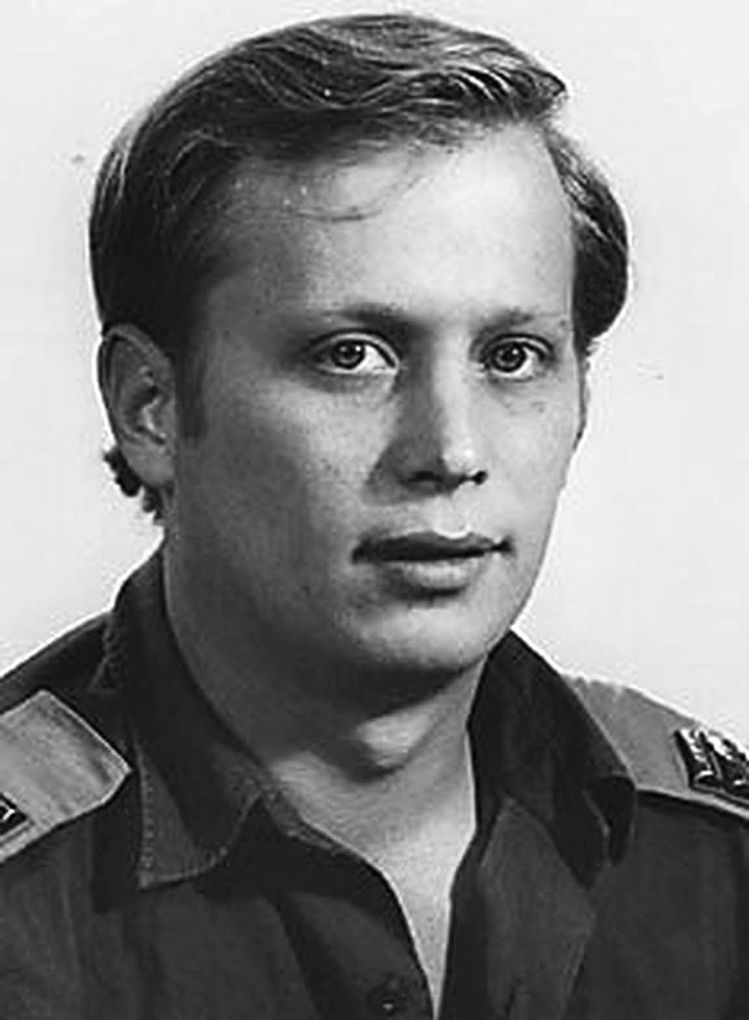
of Valor in May 1975.
Greengold’s journey began shortly before 9 p.m. on October 6, 1973 upon receiving orders to defend the Tapline Road and set out with three other Sho’t Kals, all already battle-damaged. Two encountered mechanical issues forcing Lt. Greengold to confront a substantially larger Syrian armored force with only two vehicles. Settling into a hull-down position, he did not have to wait long. Only twenty minutes out, Greengold engaged the Syrians resulting in damage to his tank. He transferred to the other Sho’t Kal and sent his back for repairs. For an hour, he stood as the sole Israeli force between the advancing Syrians and the Israeli command center. Using the Syrian own searchlights to his advantage, Greengold knocked out several enemy T-55 tanks.
At one point a small tank force joined Greengold, but all were knocked out in combat. Once again, the Israeli lieutenant operated solo. In order to deceive the enemy, who listened in on the Israeli frequencies, about his strength he referred to himself as “Task Force Zvika.” Throughout October 7, Greengold fought on, changing tanks. Hearing Nafakh’s dire situation, he raced cross-county with another Sho’t Kal, leaving destroyed Syrian vehicles in their wake. Arriving at the damaged perimeter of the command center, Greengold’s gunner destroyed a T-62. Within minutes of his appearance, the remaining First Syrian Armored Division tanks withdrew. An exhausted, injured, fire-scorched Greengold clambered out his vehicle and collapsed. “I can’t anymore,” he apologized. Although only crediting himself with twenty Syrian tank kills, Israeli officials list his toll at forty. For delaying the Syrian advance, Lieutenant Zvi Greengold earned the Medal of Valor in May 1975.
For four days, October 6-9, 1973, Israel’s survival hung in the balance. The Golan Heights, taken from Syria in the 1967 Six-Day War, acted as a small buffer zone for Israel. The attack surprised them and they almost lost the Golan. From the tank-friendly terrain of southern Golan to the rocky “Valley of Tears” in the north, the brigades of the hysterically outnumbered Israeli 36th Armored Division sacrificed themselves, buying time for the arrival of reserve divisions who turned the tide. Israel would become victorious in the 1973 Battle of the Golan Heights.
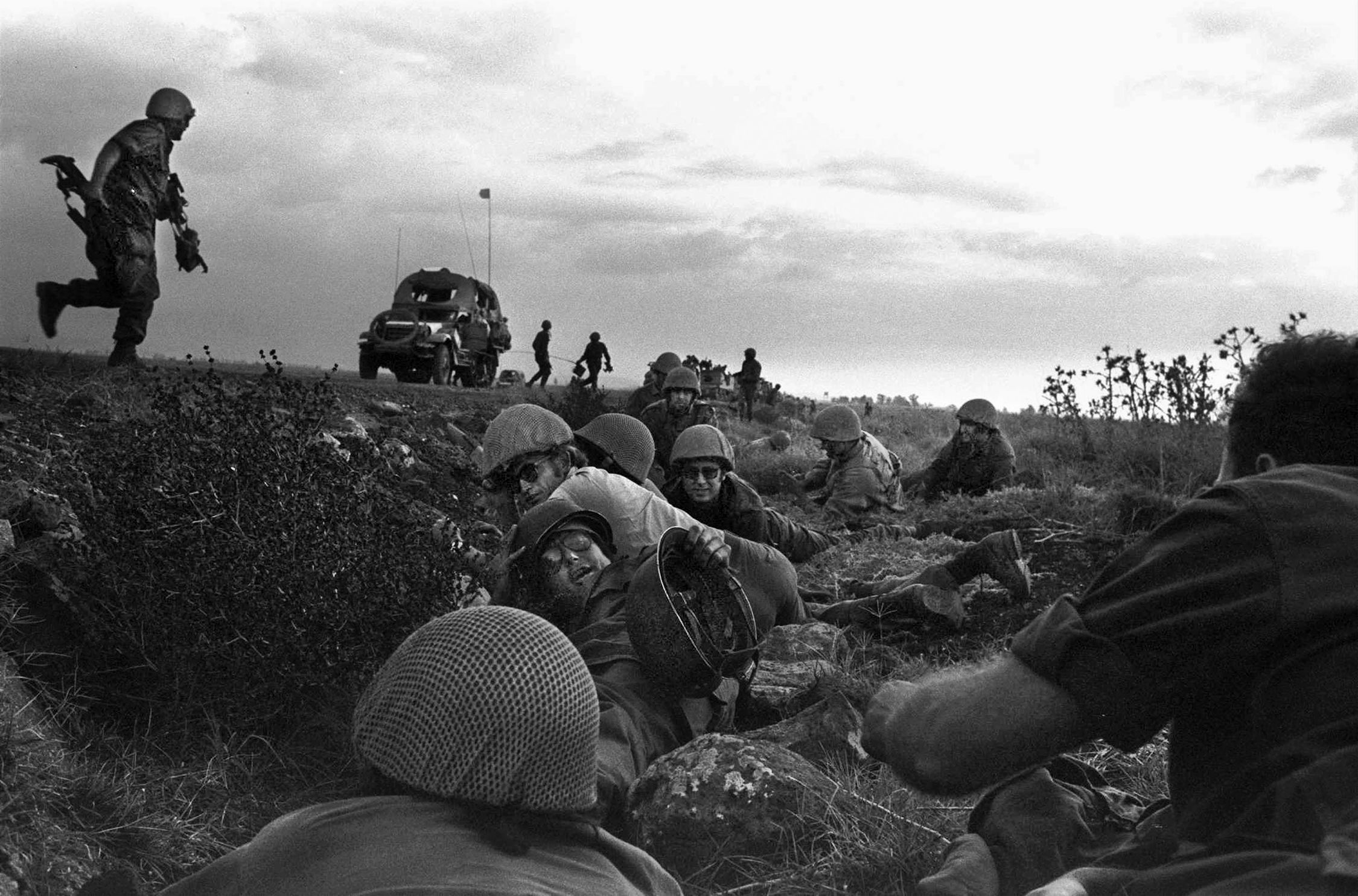
Background Through 1967
Six Day War
This Israeli-Syrian clash happened to be the latest Arab-Israeli confrontation. Both sides believed the Palestine region belonged to them, going back to the Ancient World. Even before their 7th Century conquest, Arabs claimed the region as their homeland. Countering, Jewish belief holds that their right to the land traces back to the Semitic tribes who were established in the region by 1100 B.C. Although disputes arose and fell for centuries, the groundwork for the modern conflicts started with an increase in immigration to the region in the late Nineteenth Century, mainly by Jews escaping Imperial Russia.
During World War I, agreements to resolve the issue were concluded, including the 1917 Balfour Declaration. Although it favored the establishment in Palestine a home for the Jewish people, it did not guarantee the establishment of the Jewish State. Britain gained control of Palestine. In the years preceding World War II, Nazi Germany’s policy towards its Jewish population led to a great migration to Palestine. After carrying out a violent campaign against British forces, the nation of Israel established itself on May 14, 1948 igniting the first Arab-Israeli War.
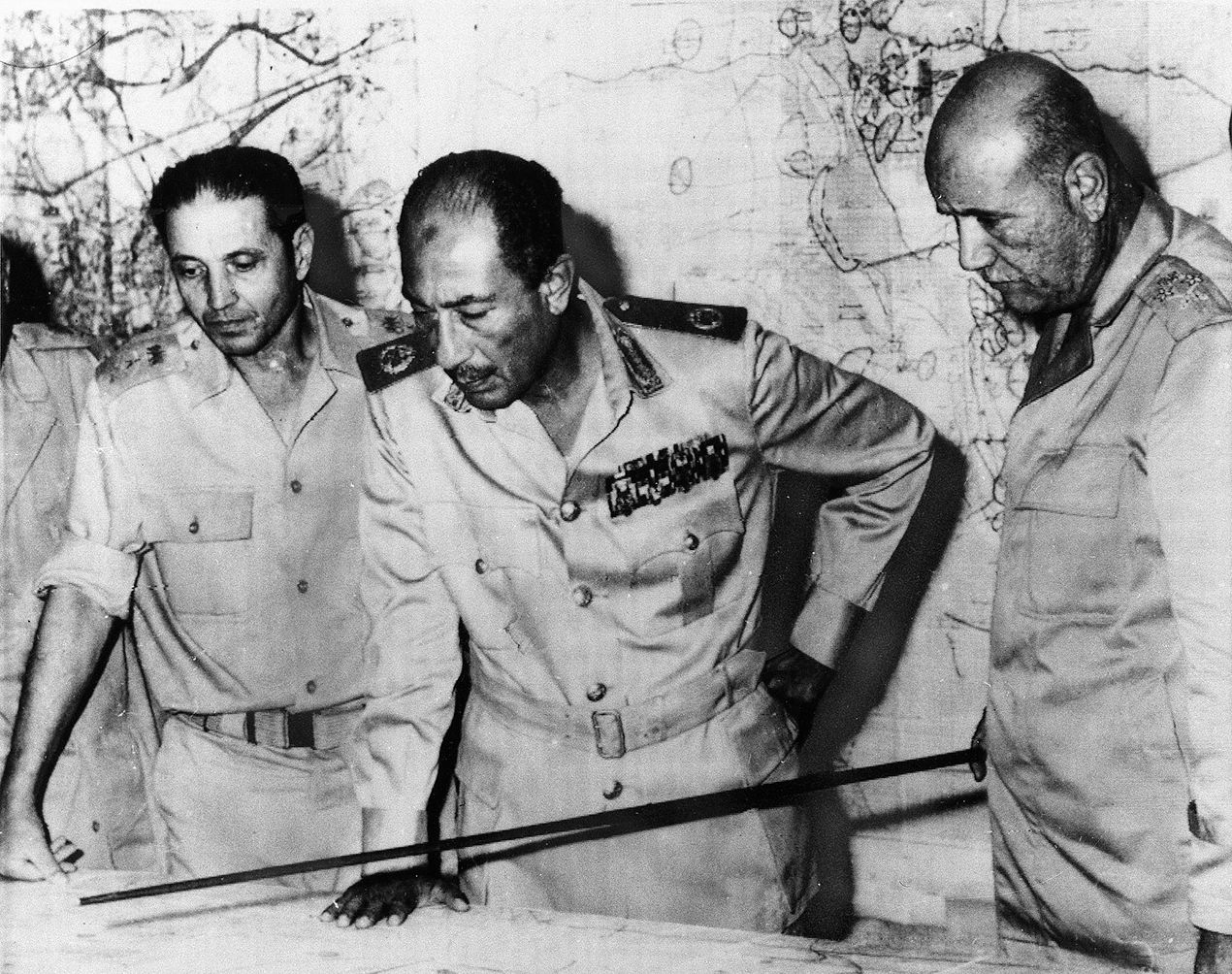
After successfully defending its new independence against stronger Arab forces, Israeli forces expelled the invaders. The resulting armistice resolved little, with both Israel and the Arab States unwilling to compromise. Eight years after the first Arab-Israeli War, Egyptian President Gamal Abdal-Nasser nationalized the Suez Canal Company and barred Israeli ships from using the canal. Israel colluded with Britain and France, both angered over Nasser’s nationalization of the canal, and attacked first, occupying the Sinai Peninsula. In 1957, Israel renounced its gains and withdrew. Tensions never dissipated, as shown with the 1964 Water War which saw the Israeli Centurion main battle tank’s (MBT) first combat.
Starting in November 1966, Arab nations began to eliminate the disunity that had plagued them. Egypt and Syria signed a mutual defense pact. The following May, Egypt signed a similar pact with Jordan. Fear of an Arab attack allowed the “hawks” in Israel to shape foreign policy. On June 5, 1967, the Israeli Air Force (IAF) surprised and obliterated the Egyptian Air Force, commencing the Six-Day War. Heavily outclassing their Arab enemies militarily, Israeli forces occupied the Sinai Peninsula from Egypt, the Golan Heights from Syria, and territory in the West Bank from Jordan. Unlike 1956, Israel retained the conquered land, providing their country with buffer zones on both frontiers. Due to its color on the United Nation Observation Forces’ map, the 1967 cease-fire line in the Golan Heights became known as “The Purple Line.”
Syria and Egypt dreamed of reclaiming their lost territories. The path to this goal began with a change in leadership in both countries. In 1970, Anwar Sadat became President of Egypt and one year later Hafez al-Assad, in a coup, appointed himself as leader of Syria. Both leaders realized that a critical component of Israel’s 1967 victory came from the superiority of the IAF. Soviet military aid, in the form of equipment and advisors, poured into the Arab nations. With armored forces already cored by the T-55 tank, they received a boost by adding the latest Soviet MBT, the T-62. More critical to Syria and Egypt was the procurement of Soviet surface-to-air missiles and Sagger anti-tank missiles to suppress Israeli air and land superiority.
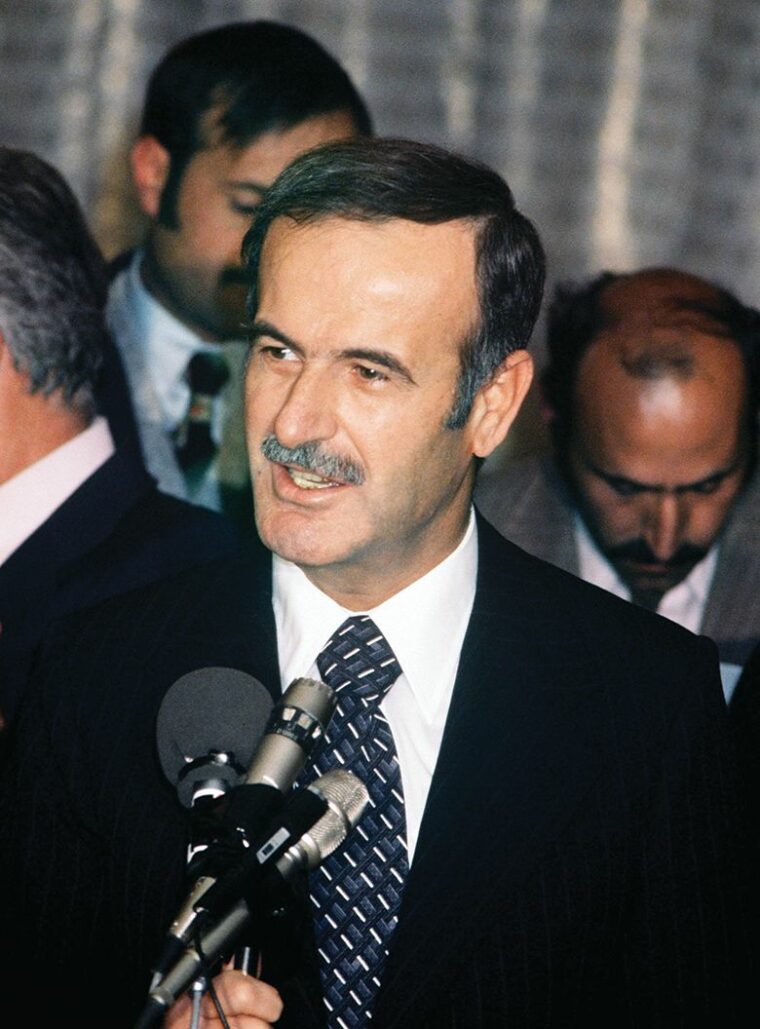
In April 1973, Egypt and Syria held a secret meeting discussing cooperation in war against Israel. Over the next few months, a coordinated two-front attack named Operation Badr took form. With the Egyptian part of the attack dependent on the tides and levels of the Suez Canal, October 6 emerged as D-Day. Differences over H-Hour were hammered out with the Syrian crossing the Purple Line at 2 p.m. Feelers went out to King Hussein of Jordan. Though supportive of the Arab cause, the Jordanian monarch did not want a repeat of the 1967 catastrophe and declined to attack from his kingdom.
With their past victories against Arab forces, Israeli overconfidence shaped its views about their own military capabilities and those of their enemies. Their intelligence service, AMAN, firmly believed Syria would not attack without Egyptian participation. It also thought Egypt would not undertake an invasion of the Sinai until the acquisition of modern medium-range bombers which AMAN felt that would not be until 1975 at the earliest. Confident to the point of arrogance, Israel’s chief intelligence leader believed his service would be able to give the country 48 hours’ notice before an Arab attack, allowing for the call up of reservists.
During September, Syria and their Egyptian allies carried out one of the most successful deceptions in recent history. Both countries built up very sizable forces on their respective border with Israel. Neither the Israelis nor 95% of their own soldiers knew the true intentions of the deployments. The cover story of military exercises was believed. Israeli military intelligence exacerbated the misjudgment, feeling the increased Syrian presence along the Purple Line was a response to a significant air clash on September 13 when 13 Syrian jets were downed. Some Israeli officials became concerned over the build-up on their borders but had faith in the word of AMAN. Doubts were eliminated after King Hussein met with Israeli Prime Minister Golda Meir and informed her about Syrian and Egyptian preparations for an imminent attack upon her country.
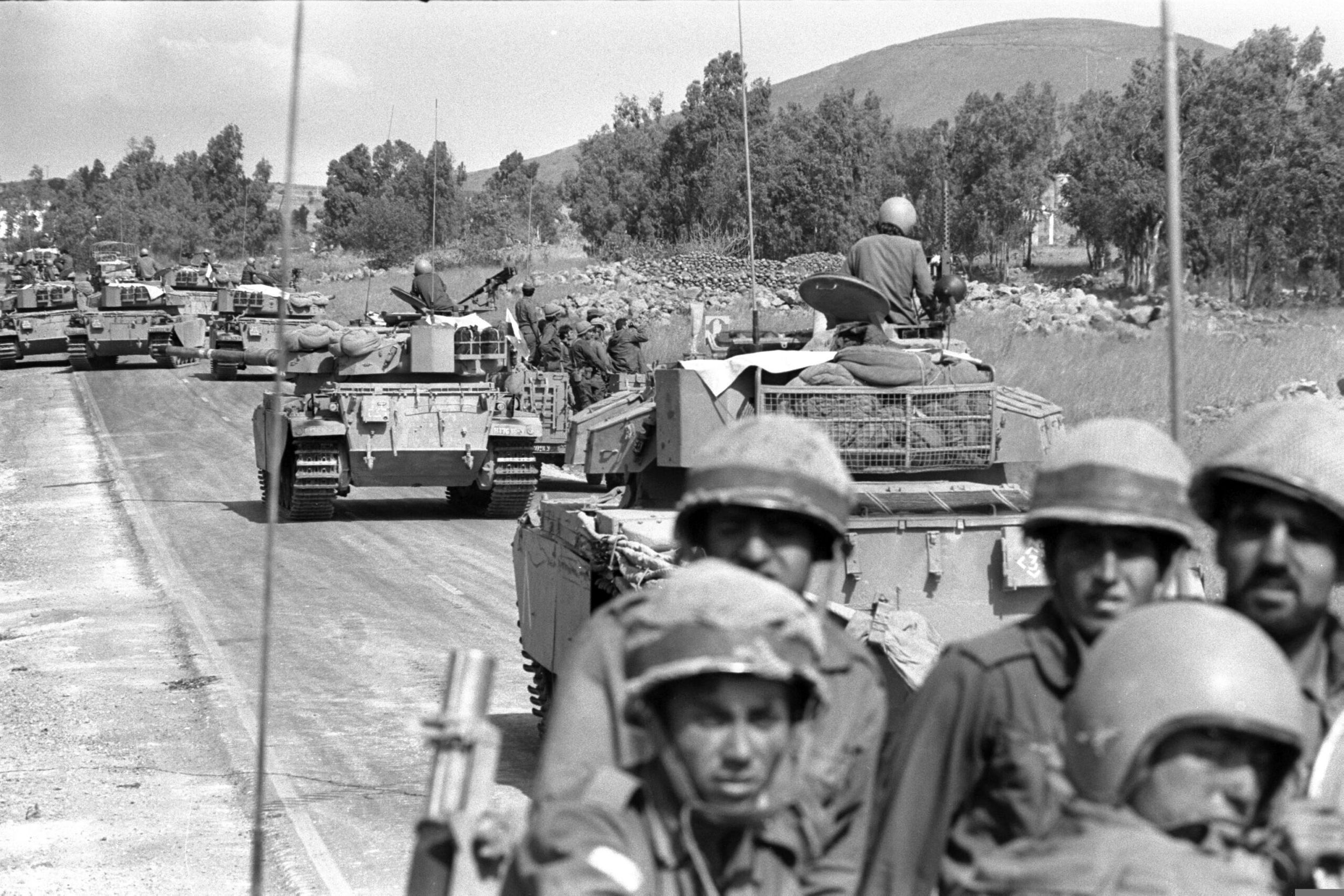
At the time of the aerial clash, Syria had 650 tanks and 100 artillery batteries within striking distance of the cease-fire line. A few weeks later, Israeli intelligence placed the number of tanks at 900 with 140 artillery batteries. In reality, the Syrian General High Command (GHQ) had 940 T-54/55 and 460 T-62 MBTs and 800 artillery pieces of varying calibers. All would be defended against Israeli air attacks by an umbrella composed of 100 SAM batteries with 50% the latest model—the SAM-6. Complimenting the massive invasion force’s punching power, the Syrian Air Force had a few IL-28 bombers and 110 ground attack jets with protection provided by 200 Mig-21 interceptors. President Assad and his staff calculated victory needed to be accomplished in under 36 hours (before Israeli Reserve Forces could arrive in significant numbers).
The 60,000 Syrians were organized into five divisions—three mechanized infantry and two armored divisions—supplemented by a few independent brigades and special forces units. Deployed to cross the Purple Line in the north with the initial goal of capturing the Hermonit and Wasset were the 7th Infantry Division and the Moroccan Expeditionary Brigade, who specialized in mountain warfare. On their left, with the target of Kuneitra and area to its south sat the 9th Infantry Division. Charged with driving towards the Arik Bridge via the Tapline road was the 5th Infantry Division. Positioned behind this division, the 1st Armored Division waited to exploit any open path. The 3rd Armored Division was deployed in the northern Golan for the same purpose. Both divisions as well the elite Republican Guard, commanded by President Assad’s brother, were equipped with T-62s. Syrian GHQ held strict control over the divisions. As a result of Soviet training to follow orders from above, independent thinking at lower levels was practically non-existent, an exception being Brigadier-General Omar Abrash of the 7th Infantry Division, who trained in the United States.
Dug in across the Purple Line, behind minefields and an imposing anti-tank ditch lay the men of Israel’s Northern Command, led by Major-General Yitzhak Hofi. Actual defense of this bleak land fell to the 36th Armored Division, commanded by Brigadier-General Rafael Eitan. Comprised of three brigades, the Golani Infantry Brigade, the 188th “Barak” Armored Brigade (Colonel Yitzhak Ben-Shoham) and the 7th Armored Brigade (Colonel Avigdor Ben-Gal), the “Barak” Brigade defended the territory for most of 1973. During its deployment, the Syrians launched artillery barrages while infantry crossed to engage one of the 17 Israeli outposts. These clashes ended at sunset with withdrawal of the Syrians and were named by the Israelis as “Battle Days” as they never exceeded 24 hours in duration. A concerned Hofi dispatched the 7th Armored Brigade’s 77th Armored Battalion (Lieutenant-Colonel Avigdor Kahalani) as a reserve. Belief that the Israeli Air Force would dominate as it had in the past, belief that AMAN would provide the 48-hour warning needed to get the reserve units to the Golan, belief in the superiority of its men and Sho’t Kals led to an overconfidence that only the 188th armored Brigade was needed in the Golan Heights.
What type of land was the 460 square-mile area that would be contested? Rising from level plains in the south, optimum for the deployment of armored forces, to rocky formations in the north, its terrain had been shaped by ancient volcanoes. Their extinct cones, named tels, sprouted across the Golan. From the Sea of Galilee on its western border to the Purple Line in the east, the Heights spanned a maximum of 17 miles. Unlike the Sinai, Northern Command could not trade land for time. In their favor, the rocky terrain and ridges allowed the armored units to position their Sho’t Kals in a hull down position on specially-built firing ramps to take advantage of its main gun’s -10° depression.
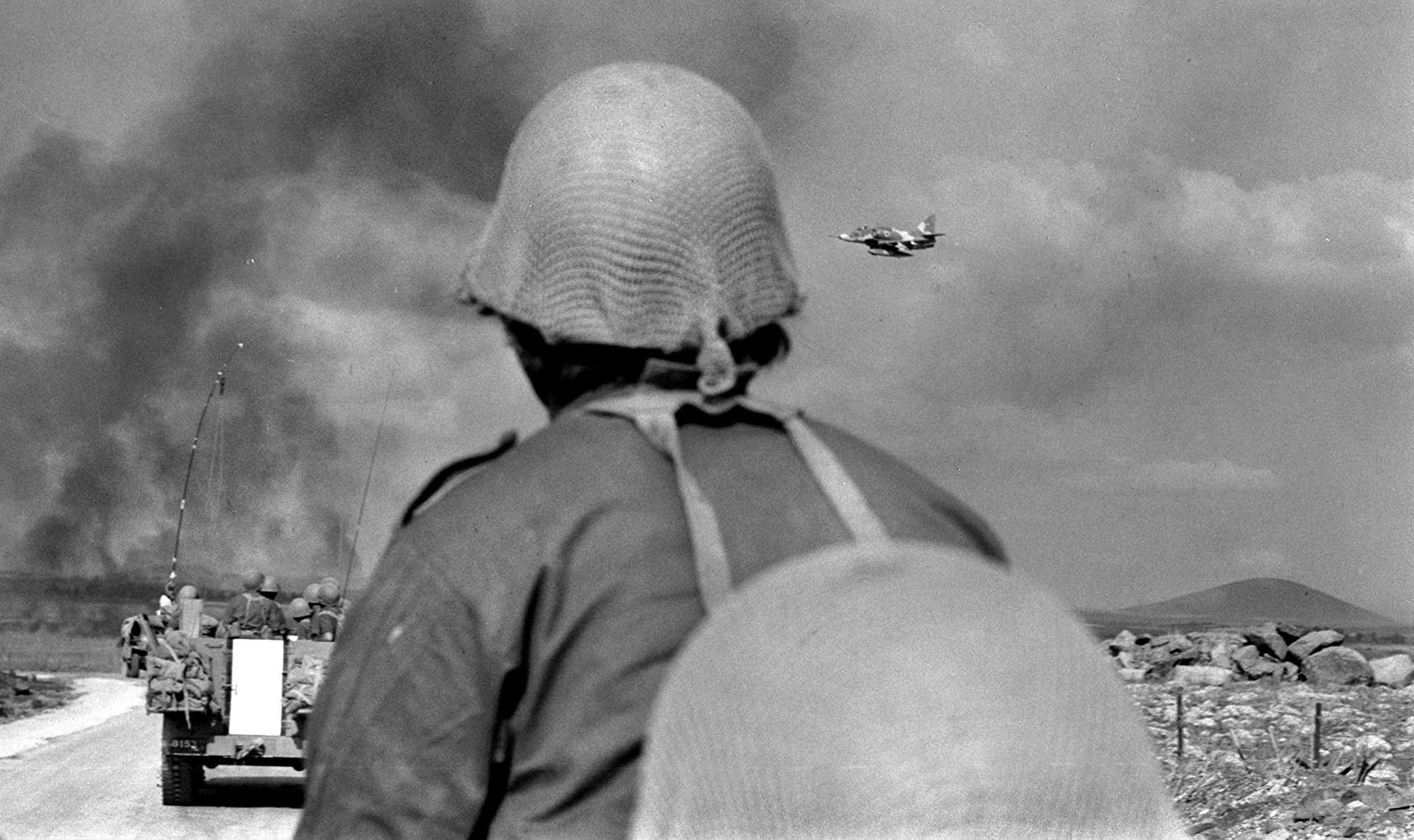
Build up to Syrian Offensive
Starting October 1, events increased in pace. Besides Yom Kippur, the date of the invasion fell on the tenth day of Ramadan. Normally obligatory fasting during the day, Arab troops received exemption for the time being. In addition to the continued increase in Syrian military hardware along the border, the Israelis learned on October 3 that in two days, villagers would not be allowed to access their fields. The next day, the Soviets evacuated families from Damascus and Cairo.
Though many officials desired a clear-cut indication of war, the Israeli Defense Force went to Alert Level C. Activated the same day of the Soviet civilian departure, this encompassed cancellation of leaves and recalling key personnel. The preparation for reserve force call-up began. The 210th and 146th Reserve Armored Divisions were earmarked to Northern Command. On the eve of the Yom Kippur War, the remaining two 7th Armored Brigade battalions arrived hours before the Syrian invasion. When the Syrians launched Operation Badr, their 1,400 tanks faced 177 Sho’t Kals.
On October 6, Yom Kippur, from early in that Saturday morning onward Israeli officials worked on the situation. All believed the Syrians would attack later that day at 6 p.m. Hofi established his division’s headquarters at Nafakh. At 1 p.m. a meeting about preparations for the expected attack began. Forty-five minutes into the briefing, reports came in from various observation points that the Syrians had started removing the camouflage coverings over their artillery placements. Ten minutes later, Israeli officers and soldiers desperately sought cover as incoming rounds exploded across the Golan. The Yom Kippur War had started.
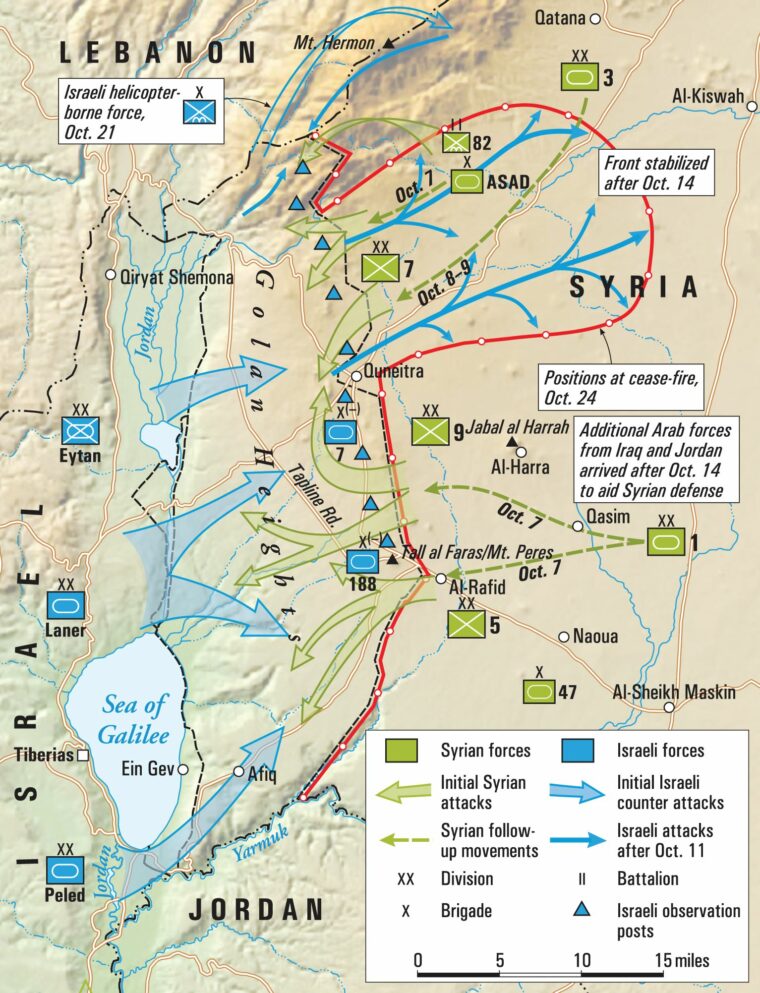
Battle of the Golan Heights
After the 50-minute artillery bombardment and supporting air attack, tanks and armored personnel carriers (APCs) from three Syrian infantry divisions crossed the 1967 Cease-fire line, approaching the anti-tank ditch. The extensive methods concerning secrecy of Operation Badr fooled the enemy, however it backfired to some extent on the attackers. Syrian company commanders learned of the invasion a mere hour before its launch. This meant most of the critical engineering equipment, such as bridge-laying tanks, mine-clearing tanks, and bulldozers failed to be at the forefront.
Crews of the “Barak” Brigade Sho’t Kals dashed to the vehicles, avoiding shrapnel. Receiving orders from Ben-Shoham, the commanders maneuvered their tanks into firing positions, all the time listening to and feeling debris impact the armor. External storage bins and equipment became riddled with holes or destroyed all together. Once in place, a moment of fear and disbelief passed through those who saw the immense number of Syrian vehicles heading their way. After some delay the Syrian engineers brought forth the bridge-laying tanks. At a range of 2000 meters, the 105mm cannons of the Sho’t Kals opened up on the enemy. The skilled gunners took a toll on the Syrians as bridge-laying tanks were hit and knocked out of action as well as any Syrian tank trying to improvise their way across the barrier. Abrash’s 7th Infantry Division lost all but two of its bridge-layers that attempted to span the ditch before nightfall. Eventually the superior Syrian numbers won out as the Israelis could not defend every crossing location, as well as the bravery of bulldozer crews who filled in the anti-tank ditch under fire. The first close combat fighting for the Israelis took place against the Moroccans.
Integral to the defense of the Golan Heights, the IAF appeared in the skies to support the 36th Armored Division. To the shock of Israeli soldiers, a flight of four A-4 Skyhawks immediately fell victim to the Syrian SAM umbrella, which claimed another four Skyhawks minutes later. While the Sho’t Kals knocked out Syrian T-55s along their defense line, the elite Syrian 82nd Parachute Battalion landed on Mount Hermon. By nightfall, this important observation point, the highest point on the Golan, fell into Syrian hands. Seeing the situation taking a bad turn as 188th Armored Brigade tanks were knocked out of combat, Eitan committed the 7th Armored Brigade to the fray. He assigned the 7th Brigade to the northern part of the Golan and the hard-pressed 188th Brigade to the south. For several hours, Ben-Shoham believed this assault was merely a “Battle-Day” albeit on a much grander scale.
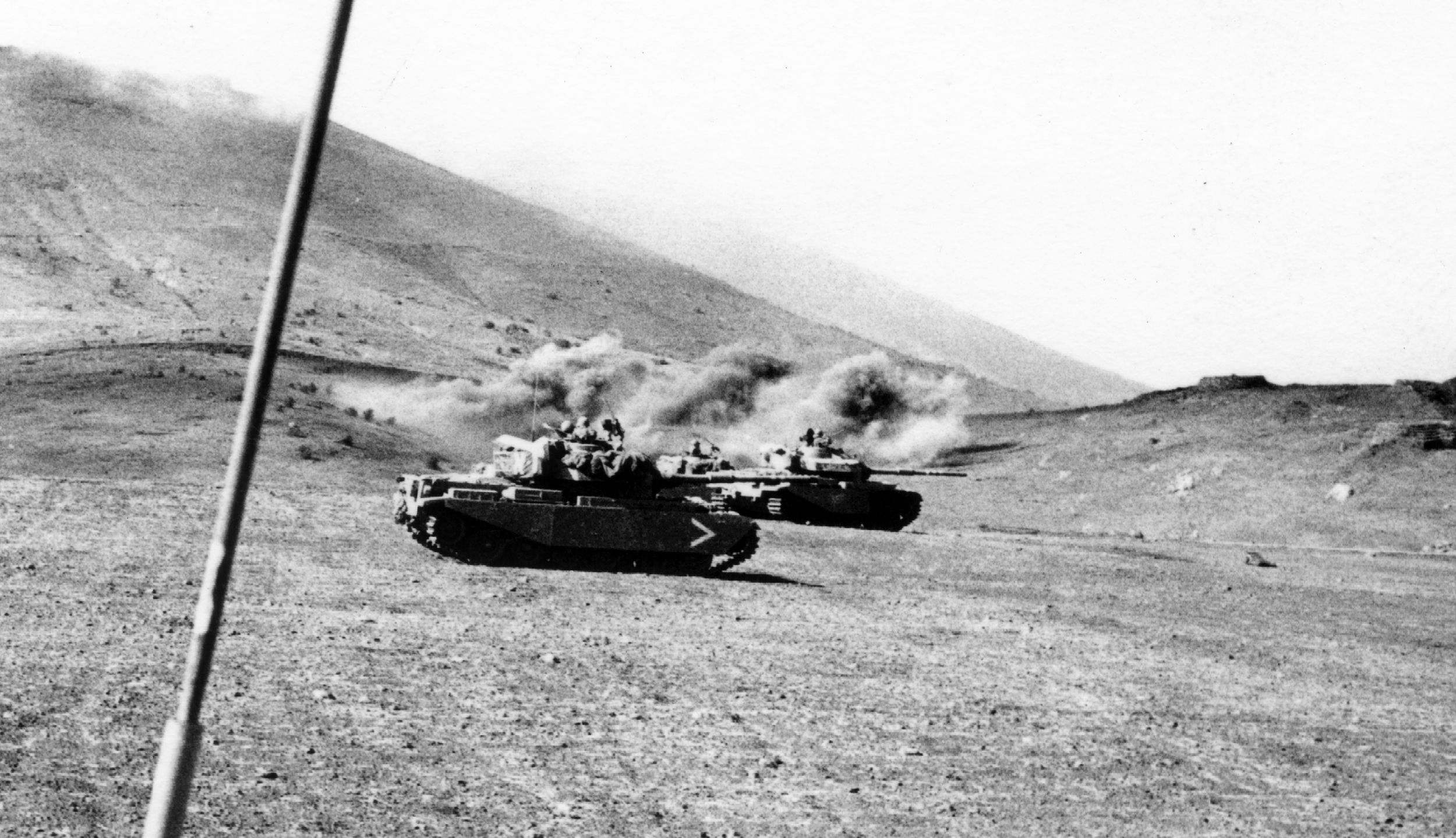
As nightfall arrived the Syrian pressed their attack as more tanks and APCs breached the minefields. The Sho’t Kal continued to prove to be better than the T-55 due to its quality as well the superiority of the crews. In the darkness, the T-55 gained some advantage on the Sho’t Kal with its night-fighting equipment which the Centurion lacked. In the south, elements of the 5th and 9th Infantry Divisions made progress for the remainder of October 6. By nightfall, 105mm ammunition ran low. Arriving at Nafakh, Lieutenant Greengold received his assignment and headed eastward starting his incredible journey. In northern Golan, Abrash pushed his division’s armored brigade into the area between the Hermonit and what is known as ‘Booster Ridge.’ Despite the infrared night-fighting equipment on the Syrian tanks, the Kahalani-commanded Israelis held their ground and inflicted a significant toll on the Syrians. When the sun rose the next day, the large number of destroyed and abandoned Syria tanks and other vehicles would earn this area the name “Valley of Tears.”
In the early morning of October 7, an Israeli unit known as “Tiger Force” comprising seven Sho’t Kals successfully ambushed a force of 40 tanks, destroying half of them without a single loss. Daytime brought about the Syrians pressing their advance along the Rafid-Kuneitra and Tapline roads. Colonel Tewfiq Juhni’s Syrian 1st Armored Division passed by either side of Rafid. Ben-Shoham found himself without any tanks in reserve to plug into the line. In addition to Syrian tanks, RPGs and Sagger anti-tank missiles employed by tank-hunting parties took out a number of Israeli tanks. Both brigade commanders were reduced to employing small groups of Sho’t Kals, usually between 3 and 6 vehicles, in order to deal with the numerous crises along the front.
So devoid of forces in the southern Golan, the Syrian 5th Infantry Division’s 46th Mechanized Brigade by mid-morning reached a point eight miles from the Jordan River. Its lead elements could glimpse the Sea of Galilee. Trained by the Soviet’s programming to seek direction from higher officials, the force’s commander radioed Syrian GHQ requesting permission to advance – instead of taking the initiative and seizing the Arik Bridge. Luck blessed the Israelis as he received the reply to halt. The Syrians preferred a reorganization of their invading forces, probably saving Israeli’s northern front.
During mid-day, the Syrian-threatened command center at Nafakh barely held out until the arrival of a reserve armored brigade as well as Lt. Greengold, forcing the Syrian 1st Armored Division to withdraw. The defenders suffered a major blow when the “Barak” Brigade lost both its deputy commander and Col. Ben-Shoham. The 3rd Armored Division went into action as well. In another opportunity missed by the Syrians, the division was employed against the stubborn defenses of the 7th Brigade in the north instead of diverting south to where their added armored punch could have ensured victory.
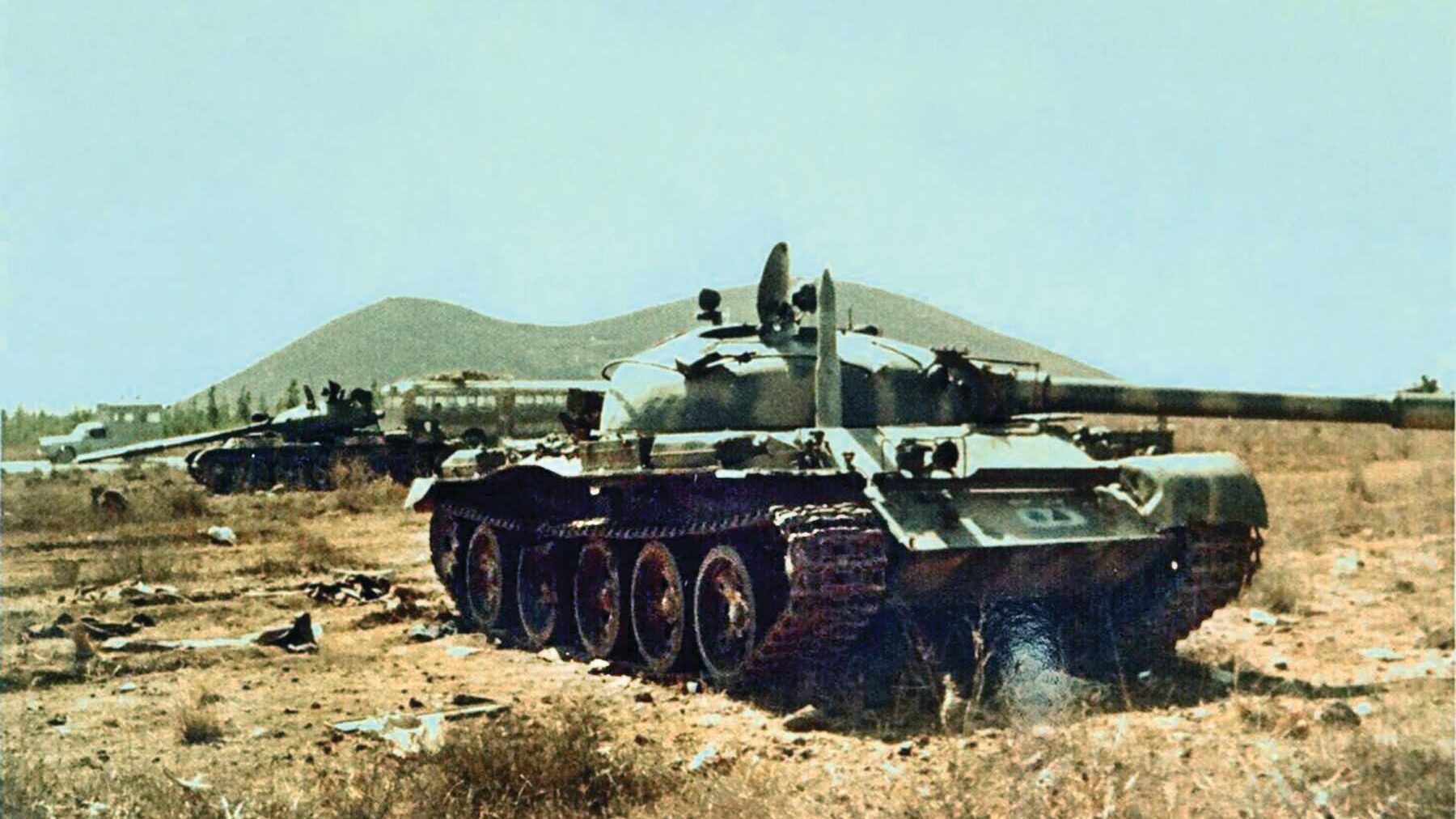
That evening the elements of the 210th and 146th Reserve Armored Divisions crossed the Jordan River. With the situation being critical, Eitan had to introduce them to the battle in piecemeal formations. Equipment employed by the various battalions and brigades was not uniform. While most used the Sho’t Kal, some of the tanks arriving in the Golan Heights or on their way included older gasoline-engine Centurions, called Sho’t Meteor, and M-51 Shermans, the latter having been upgraded with a French 105mm gun. A percentage arrived late or not at all due to mechanical breakdowns.
As with the previous night, the Syrians attacked just before midnight. Their continued tenacity surprised the Israelis who had expected their enemy to cave after running into such a determined defense. In the “Valley of Tears” region, Abrash gathered a few hundred tanks, including the newer T-62s to force his way through the central part of the line. The 7th Armored Brigade mustered 40 operational Sho’t Kals. In addition, the Syrians amassed substantial artillery support for the operation. At 10 p.m., and again 4 a.m. the next morning, the Syrian used the Soviet method of overwhelming brute force to batter their way through the enemy’s lines. Ben-Gal’s brigade outdueled the Syrian at ranges under 50 yards, forcing them to withdraw.
Monday arrived and though being under severe pressure, Israeli officials decided to do what the IDF was best at and had both the 240th Reserve Armored Division under Brigadier-General Dan Laner and the 146th Reserve Armored Division, led by Brigadier-General Moshe Peled, counter-attack to retake the Golan Heights. Despite neither commander having all of their brigades united, both Laner and Peled unleashed their reservist forces against the Syrians. At last, the IAF began having success as it targeted the SAM batteries, thus diminishing the effectiveness of the Syrian SAM Umbrella.
The 146th Reserve Armored launched its counter-attack at 8:30 a.m. and five hours later had liberated a number of urban centers in the southern Golan, including Ramat Magshimim and Juhader before reaching the Tel Faris. Not to be outdone, the 240th Reserve Armored overcame the enemy in its path and retook key crossroads. Both armored divisions inflicted heavy casualties, yet the Syrian continued to fight. One of Laner’s brigades ran into a prepared Syrian anti-tank defensive position that knocked out a few Israeli armored fighting vehicles using dug-in tanks, RPGs, and Sagger missiles. Through determination, the Israeli broke the Syrian position and pressed forward, albeit with a little more caution. Seeing the danger and out of reserve forces, the Syrian 5th Infantry Division’s commander requested and received permission to fall back before becoming trapped.
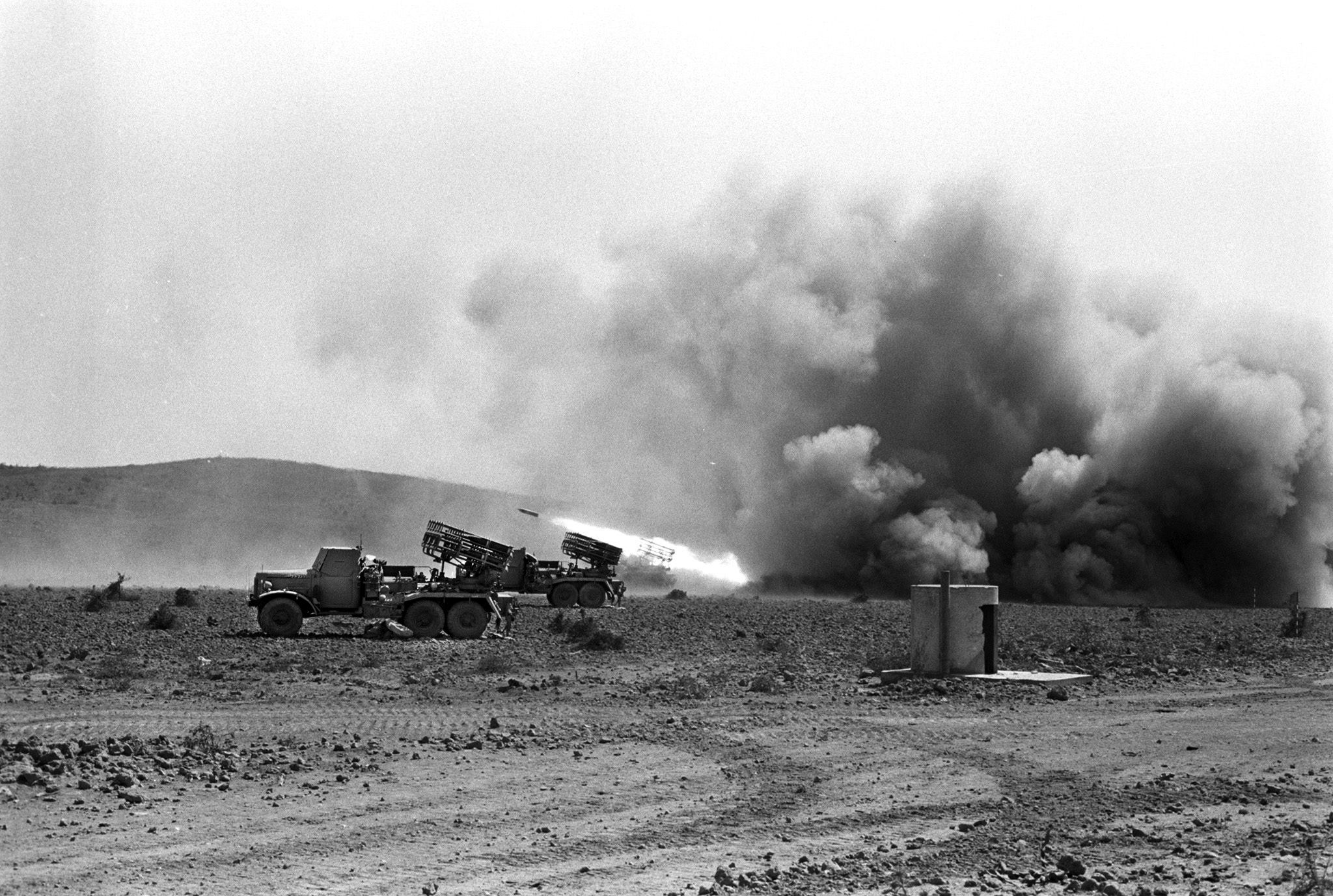
Juhni ordered his 1st Armored Division to make another attempt to capture vital Nafakh. Once more, the Israeli command center became perilously close to falling. Like Abrash, Juhni employed self-initiative and sent some units past Nafakh. They achieved some of the deepest Syrian penetration of the war, reaching a point three miles from the B’not Ya’akov Bridge over the Jordan River—a mere 10-minute drive for the Syrian T-62s. A combination of losses around Nafakh and attacks on his flank forced Juhni to withdraw his division before the Israelis had the opportunity to encircle it.
For the depleted 7th Brigade, Monday brought about minor firefights for the men who were exhausted from days of continuous combat. Unfortunately, the Sho’t Kals were dangerously low on fuel and ammunition. Abrash correctly deduced that “Booster” Ridge as the critical point in the Israeli defense line and designed an attack plan that employed a force, heavily supported by artillery, that drew fresh units from his division, the 3rd Armored Division, and Assad’s Republican Guard. He wanted to use the tanks’ night-fight equipment to Syrian advantage. Coupled with superior fresh forces, he could finally overcome the extremely fatigued 77th Armored Battalion. The war gods smiled favorably upon Israel. At dusk Colonel Abrash died when his tank was struck.
Due to Abrash’s untimely demise, the Syrians postponed the assault until the next day. As Tuesday, October 9, began, the three Syrian divisions in the central and southern area of the Golan were withdrawing towards the Purple Line in the face of the Israeli counter-attack. The Sho’t Kals and Super Shermans from the reserve divisions kept pressure upon their Arab foes. An incredible number of Syrian tanks and other vehicles remained on the plains, either destroyed or simply abandoned. Not everything went smooth as IAF aircraft caused a friendly-fire incident when a few planes struck an Israeli armored battalion. Luckily the remainder of aircraft were warned off and dropped their payload on Syrian positions near Tel Kudne.
As dawn broke, Kahalani possessed a mere seven Sho’t Kals, all bore damage of some sort. Commencing their last offensive in the Golan Heights at 9 a.m., the Syrians unleashed their heaviest barrage on a specific area to-date, supplemented by bombardment from Katyusha rocket launchers. So intense was the incoming fire that Kahalani received permission to pull back 400 yards from his firing ramps. The 3rd Armored Division’s 81st Brigade, a second Republic Guard battalion, and assorted infantry advanced into the “Valley of Tears.” Syrian helicopters flew into the area in a bold attempt to land forces in a heliborne assault. At least one fell victim to Israeli fire. Kahalani received efficient artillery support, otherwise the situation may have been over for him. Ben-Gal informed his battalion leader to hang on as at the moment no assistance would be forthcoming. The Sho’t Kals engaged the T-62s at shorter ranges, their 105mm gun barrels suffering wear from heavy use over the past few days. As the Syrian armor pressed towards Kahalani’s position, the vehicles gained temporary cover from the terrain when they traversed a wadi, hiding them from the Israeli view.
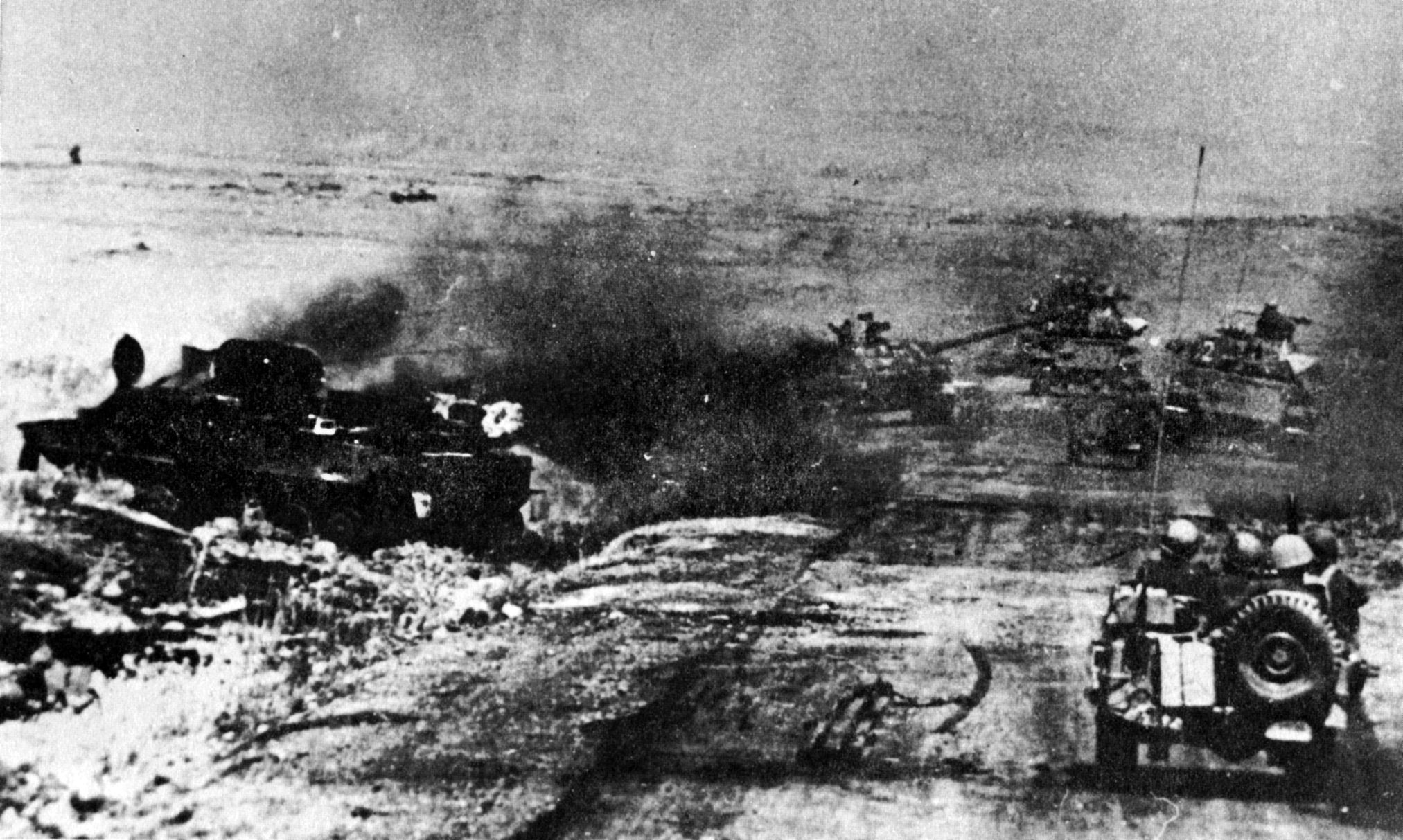
Suddenly Kahalani and the others noticed a few T-62s breaking over the ground directly in front of the abandoned firing ramps. At 400 yards, Kahalani’s own gunner destroyed five tanks in less than five minutes. The battalion commander was amazed at the Syrian’s sustained tenacity despite incurring horrendous losses. Much to his relief, eight recently-repaired Sho’t Kals arrived. Knowing he had to regain the firing ramps to survive, Kahalani issued orders. But two issues complicated the task. First, the reinforcements entered the scene with little 105 mm ammunition—a few tanks had none. One commander was about to announce this fact when ordered forward, but Kahalani used his commander override to cut off communications lest the enemy, who undoubtedly listened to Israeli radio messages, learned just how dire the situation was. Second, as the reinforcement tanks derived from several units, many were on various radio frequencies and never heard Kahalani’s orders.
Both Eitan and Ben-Gal remained in constant communication with Kahalani, asking him to hold on for a little longer as help was finally on the way. Kahalani told them that his force had already knocked out 60 to 70 tanks and the Syrians were still attacking. Becoming increasingly frustrated and angry, Kahalani tried to get everyone on the same frequency. Receiving no acknowledgements, even from his own battalion, the commander decided to shame them into action by advancing on his own towards the firing ramps. Not all followed. Somehow, enough of the other vehicles tuned to the in-use frequency and Kahalani tried a different tactic—a pep talk. Those vehicles that had not been immobilized followed the commander. Sho’t Kals out of ammunition fired their coaxial machine guns. An unspoken coordination developed between the remaining Israeli tanks as they eliminated enemy vehicles. Ben-Gal radioed him asking if he could hold out a little longer, relief was minutes away.
When all seemed lost, Ben-Gal received a message from Strongpoint #3, located a little east of “Booster Ridge.” Syrian supply convoys had turned around and begun withdrawing toward the cease-fire line. At a point when each tank holding the ridge had only a couple of rounds left, the enemy’s pressure abruptly disappeared. After four days of fighting the 7th Infantry and 3rd Armored Divisions fell back inexplicably, leaving hundreds of vehicles, including 260 tanks, in the “Valley of Tears.” “You are a hero of Israel,” Ben-Gal informed Kahalani via radio. By nightfall all Syrian divisions had crossed back over the Purple Line. The Battle of the Golan Heights was over.
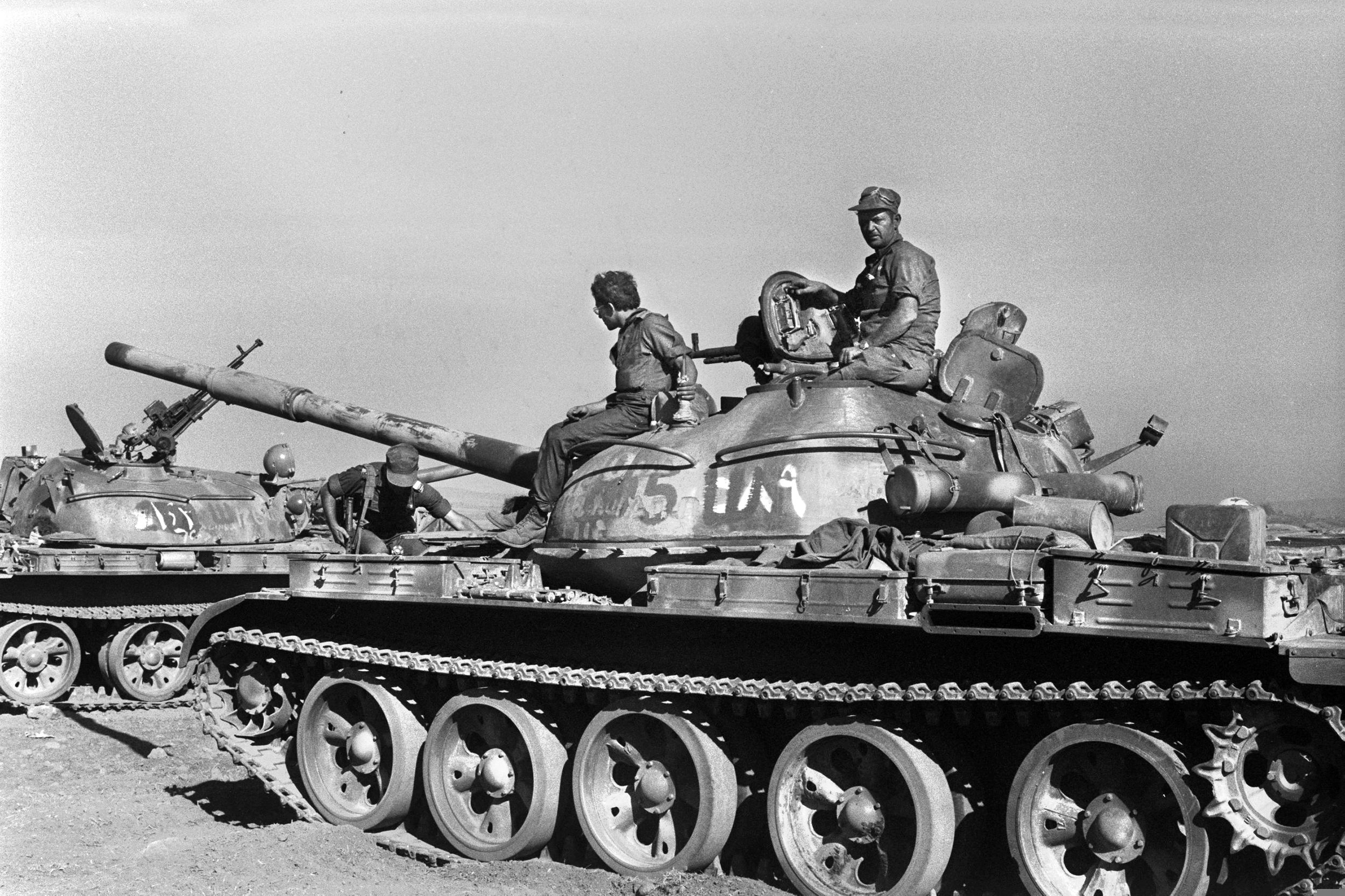
Aftermath
While the reserve forces had just begun to arrive in the Golan, the decision was made to invade Syria and knock them out of the war. On October 11, just over 24 hours from retaking the Golan, three Israeli armored divisions invaded Syria, including a reinvigorated 7th Armored Brigade. With their force shattered, Syria relied on assistance from other Arab countries. Between October 12 and 20, Israeli forces decisively defeated uncoordinated and ineffective attacks from forces that included various Syrian units, the Iraqi 3rd Armored Division, and the Jordanian 40th Armored Brigade. Once within long-range artillery range of the Syrian capital, the Israelis halted and consolidated their positions. The Golani Infantry Brigade and paratroopers recaptured Mount Hermon on October 22. Two days later a United Nation-implemented ceasefire went into effect for both the northern front in Syria and the southern front along the Suez Canal ending the Yom Kippur War.
For four days, Israel and Syria fought tenaciously without a regard for casualties being inflicted upon them. The 7th Armored Brigade calculated approximately 75% of its crews were either killed or wounded during that period. For the span of the Yom Kippur War, October 6 to 24, 250 Sho’t Kals, gasoline-engine Sho’ts, and Super Shermans fell victim to Syrian arms, but only 100 were listed as total write-offs. Every single tank committed received at least one hit. 772 Israeli soldiers made the ultimate sacrifice for their country with a further 2,453 wounded and 65 becoming prisoners-of-war.
The Syrian military crossed the 1967Ccease-fire line with 1,400 tanks. 1,181 failed to return to Syrian territory with 304 total write-offs. Taken into the Israeli Armored Corps numbered 240 T-62s and 627 T-54/55s. For the same 18-day period, 3,100 Syrians were killed in action, 5,600 wounded, and 348 taken prisoner. An unknown but most likely a low number of Moroccans ended up as casualties.
On October 6, Syria surprised Israel with their attack to reclaim the Golan Heights. Overconfidence in the ability of the Israeli Air Force and its intelligence agency to provide adequate warning of an attack left the Golan defended only by one infantry and two armored brigades. Israeli tactics and training, plus the Sho’t Kal’s superiority over the T-55s and T-62s fielded by the Syrians, allowed 177 tanks to delay an invasion force containing 1,400 tanks long enough for reserve divisions to reach them. Israel was fortunate that the Soviet training and reliance on orders from superiors prevented the Syrian commanders at the forefront of invasion forces from exercising self-initiative. This resulted in at least two lost opportunities of reaching the bridges over the Jordan River which might have secured a Syrian victory. By the end of October 9, 100 hours after the invasion began, Israeli forces through much sacrifice and determination defeated the Syrians in the Battle of the Golan Heights.
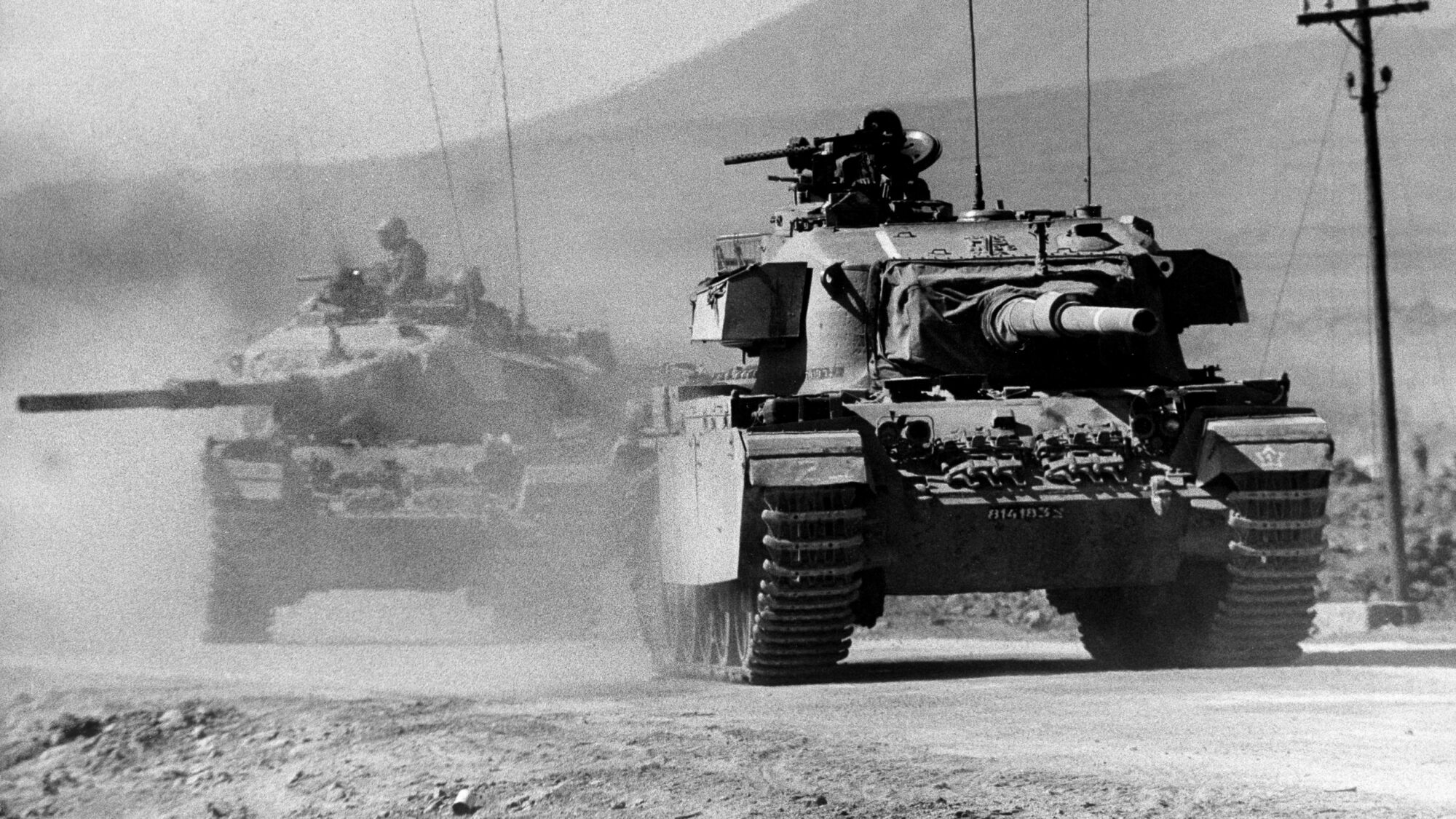
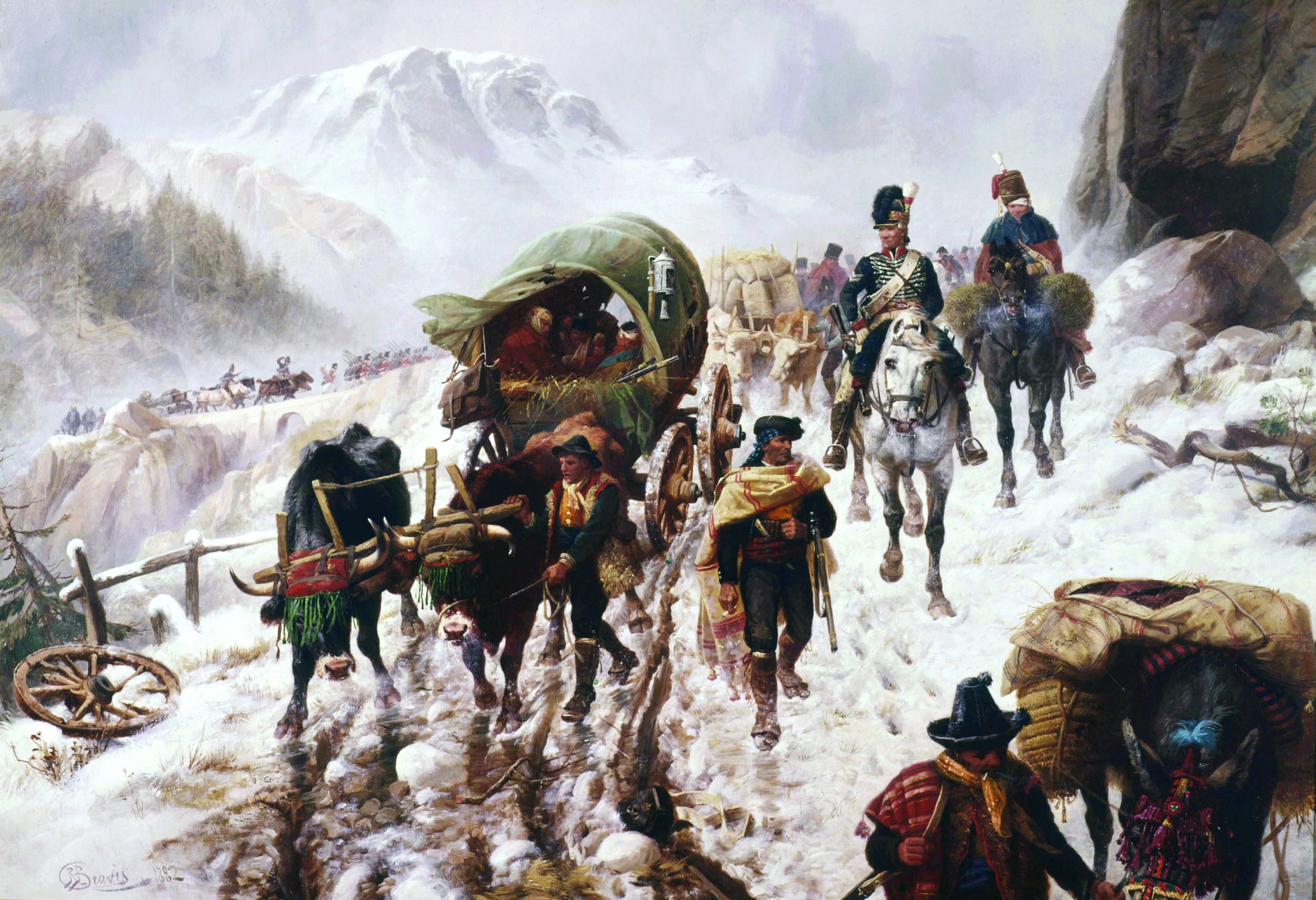
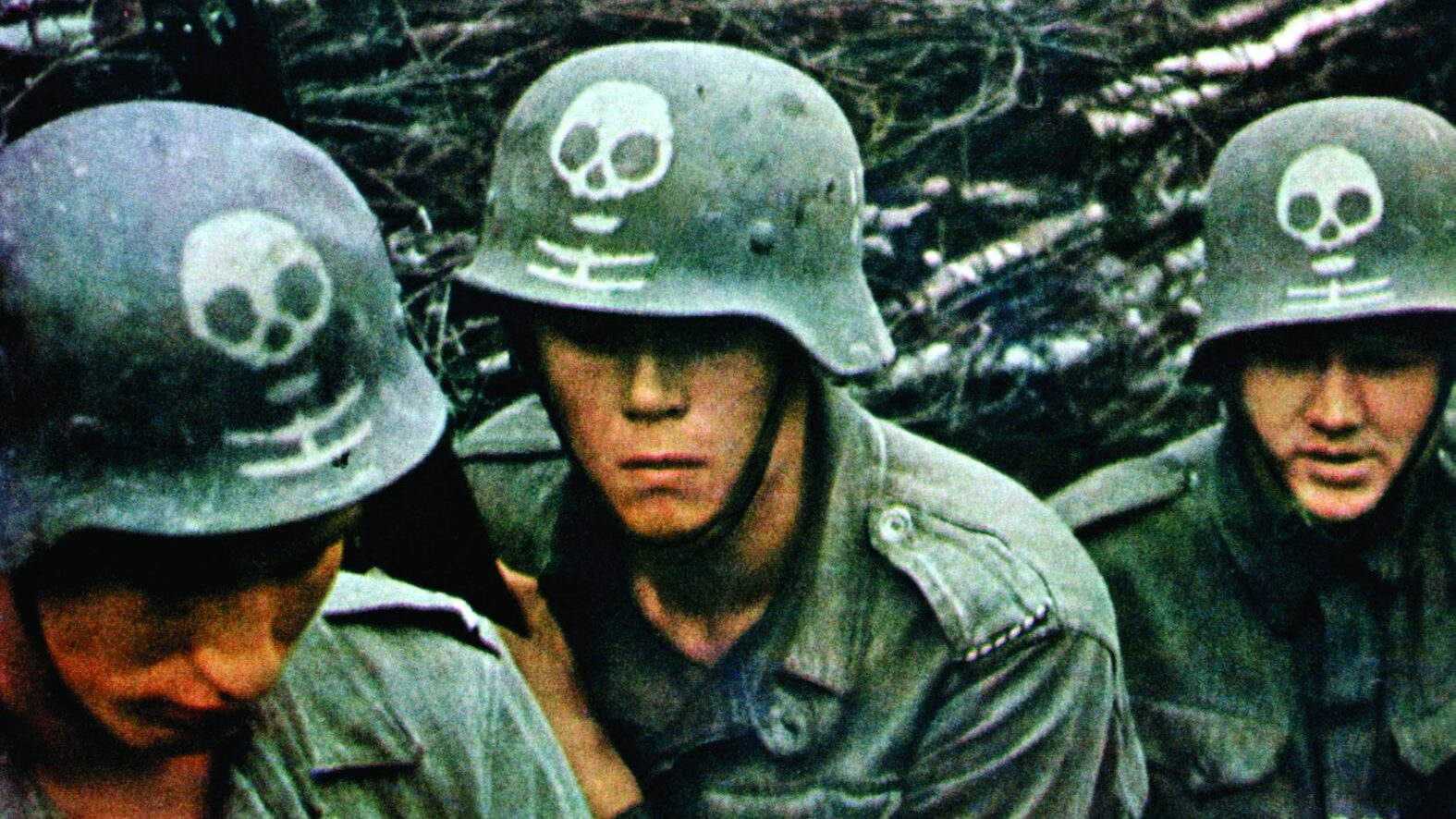
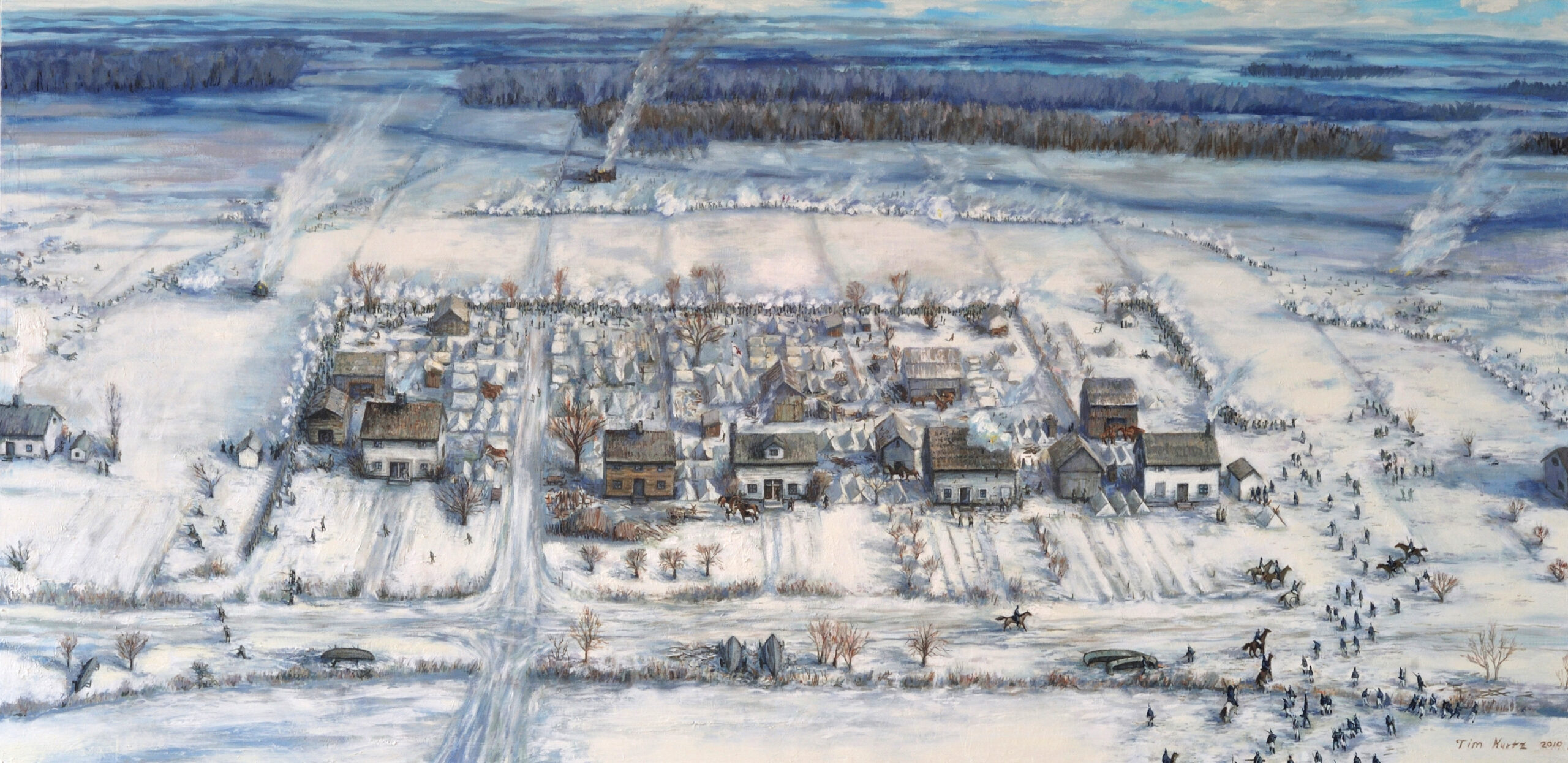
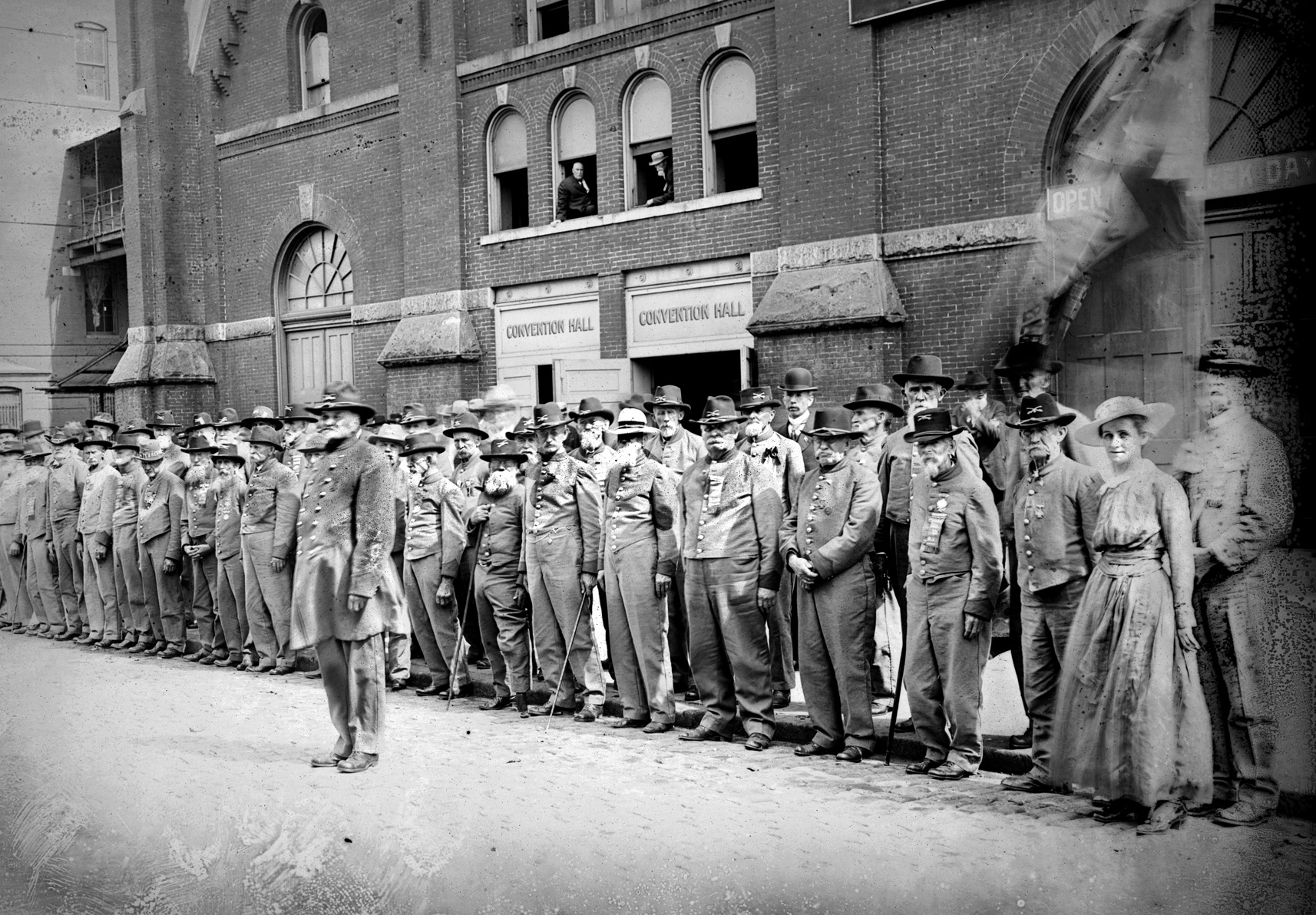
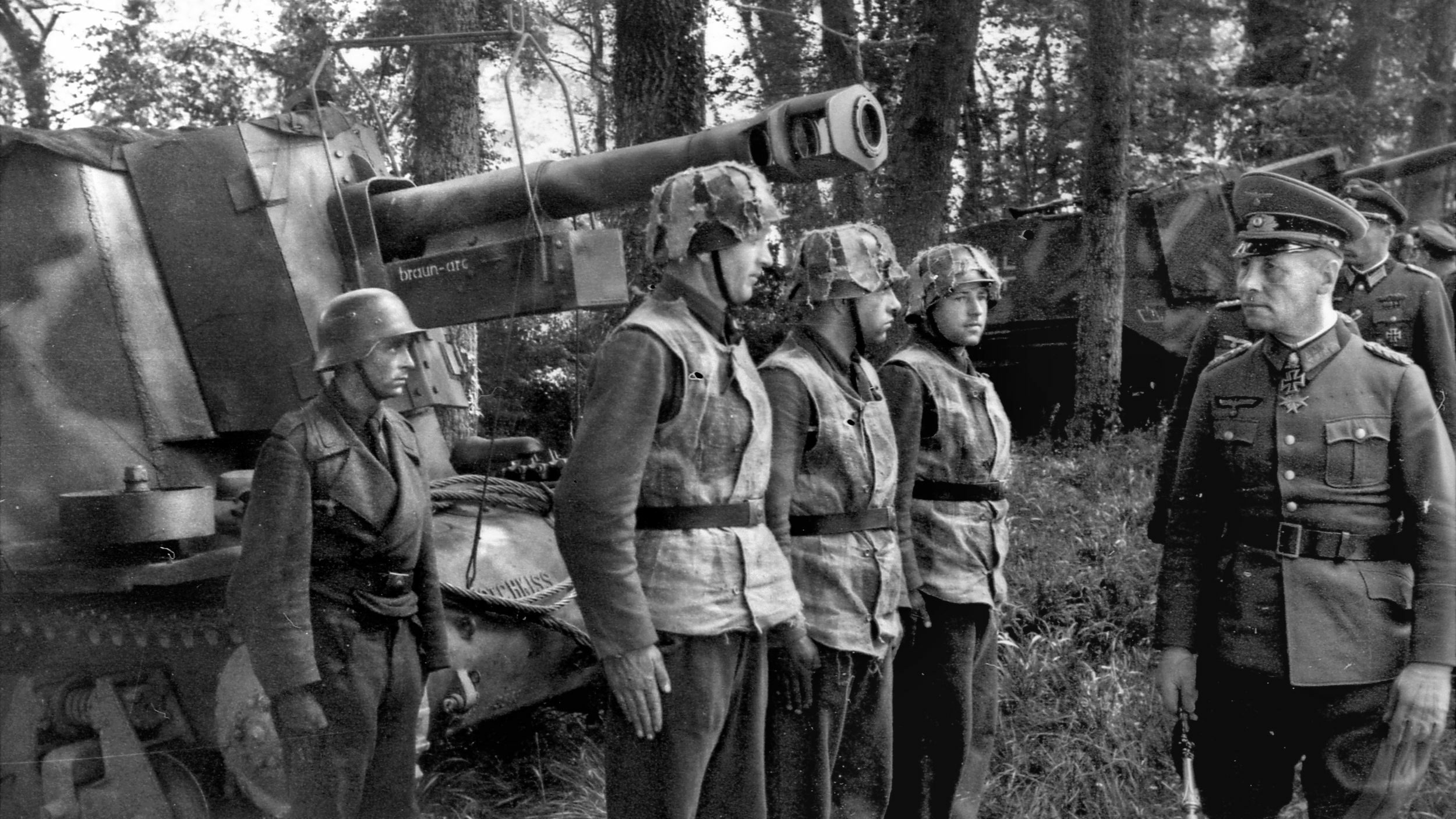
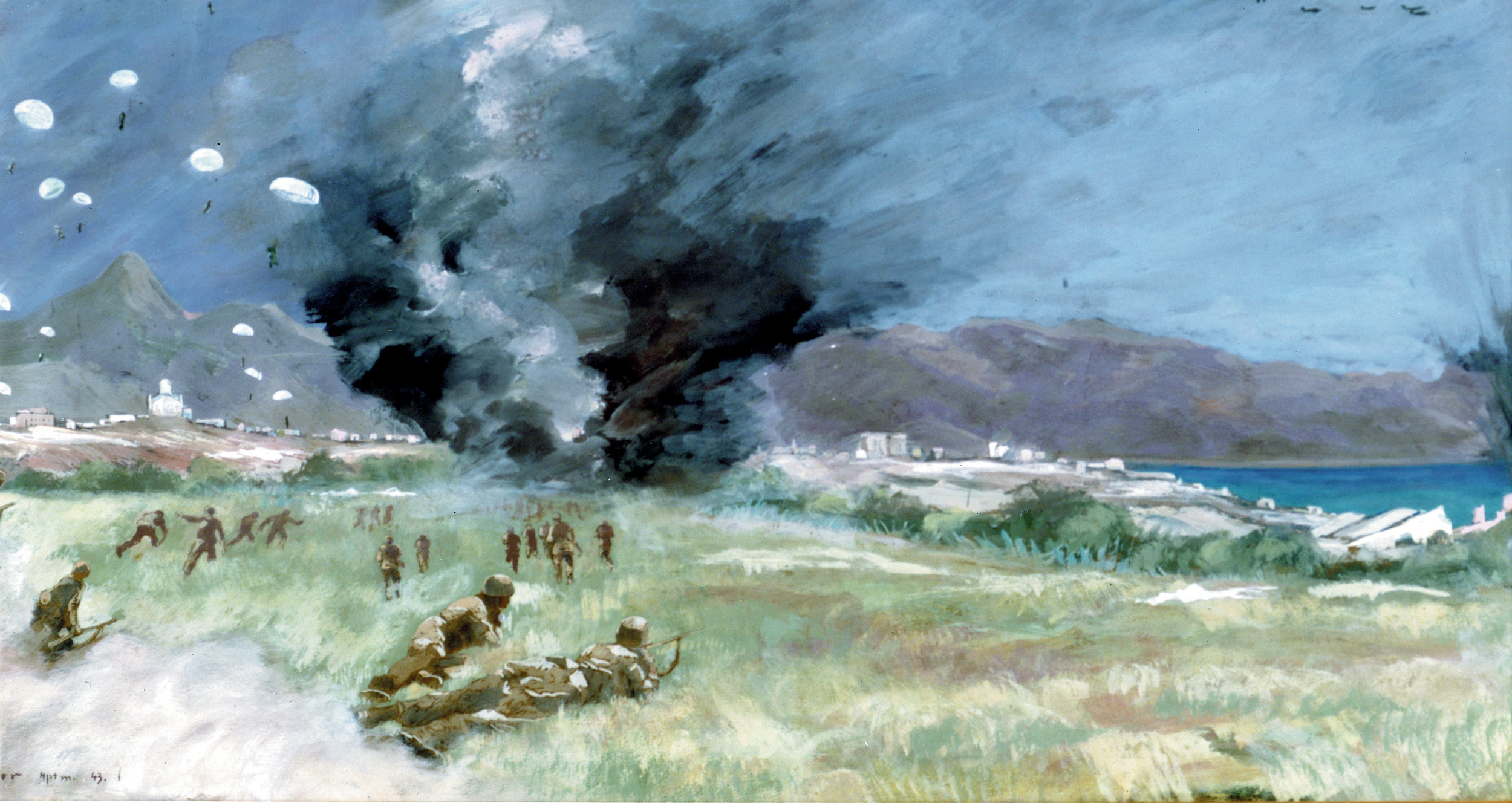
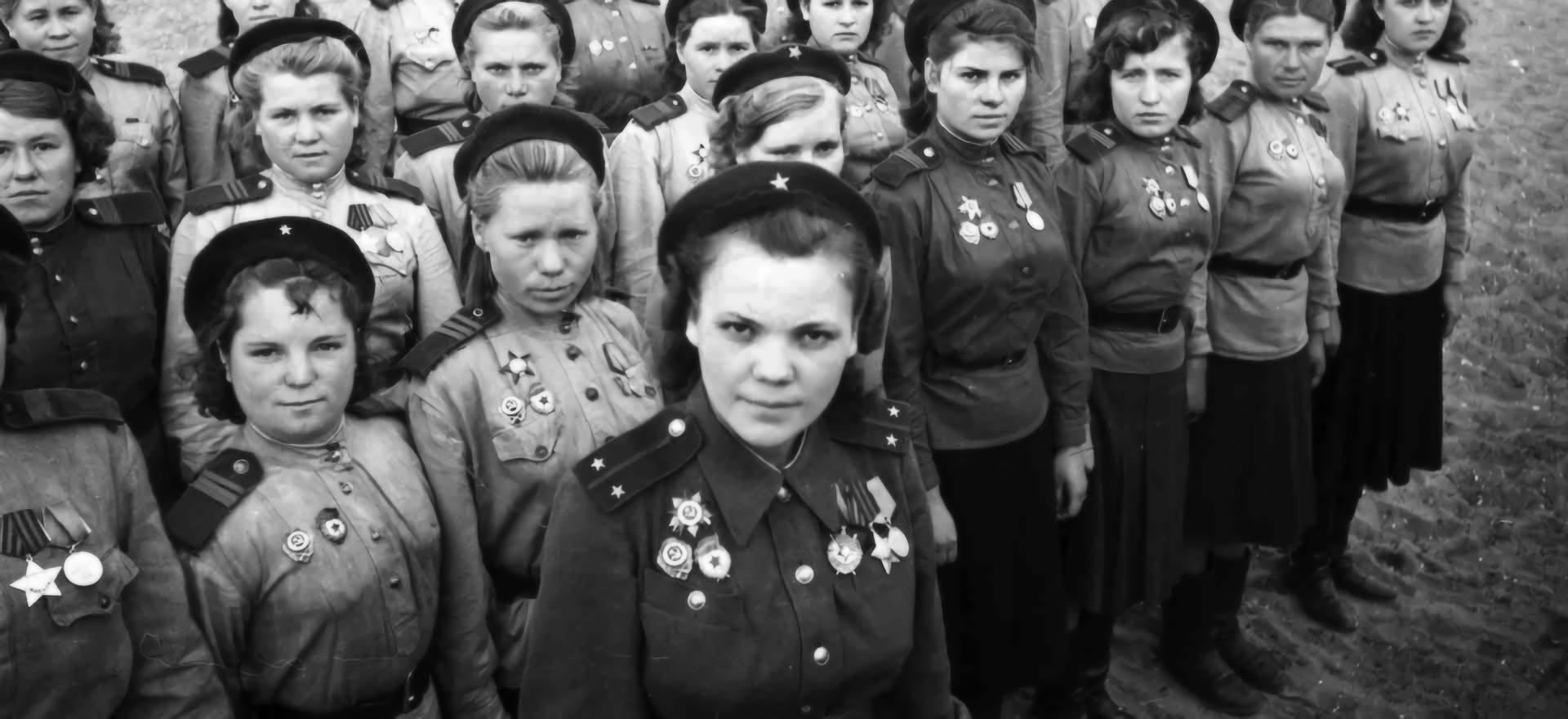
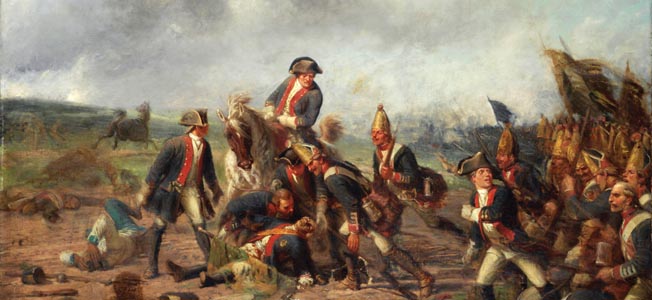
Join The Conversation
Comments
View All Comments